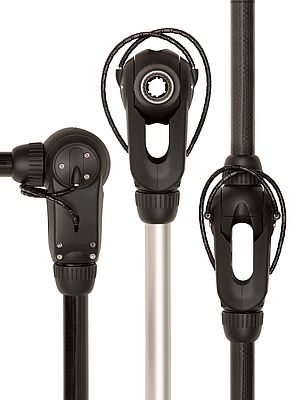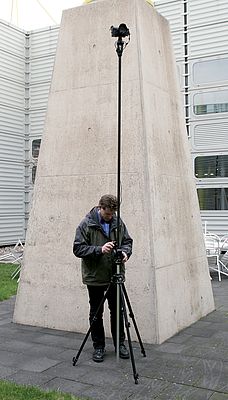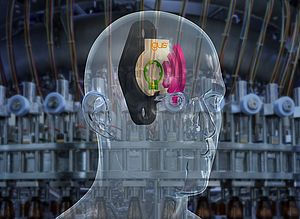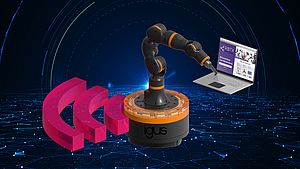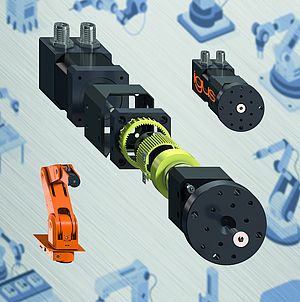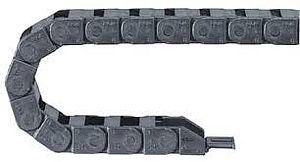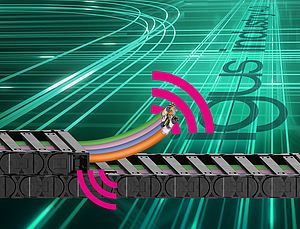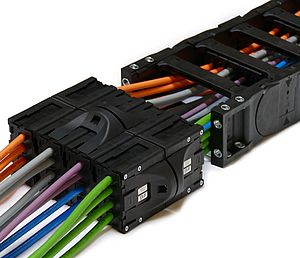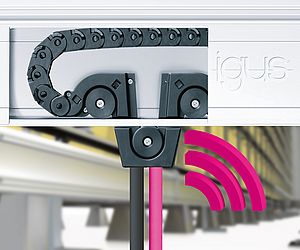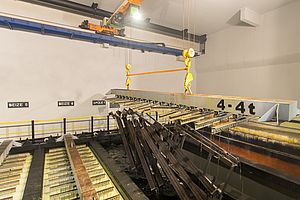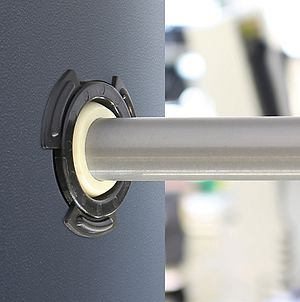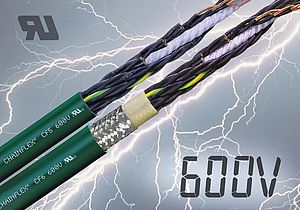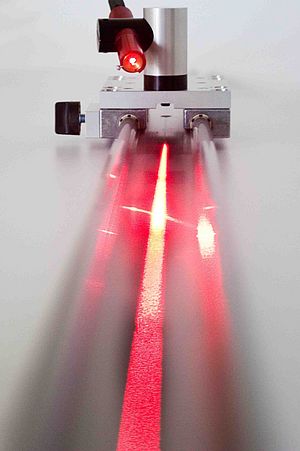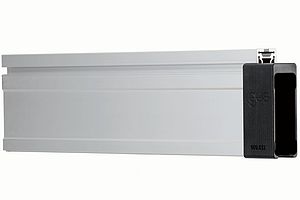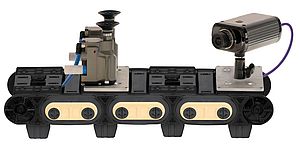A year ago, igus presented multi-axis joints for humanoid robots and lightweight automation. Now, the manufacturer of energy chain systems and plain bearings is combining its expertise in the field of high-performance polymers with intelligent control technology. The “robolink” joint modules for robots allow a great deal of system design freedom and simplicity. The aim of development was to keep the moving mass as low as possible. For this reason, the drives and control module are decoupled from the movement mechanism and tools (e.g. grippers, hands, suction cups etc.).
At the heart of the modular system are the lightweight, maintenance and corrosion-free joints made of tribo-plastic, which can rotate and swivel freely. They can be controlled and regulated via pulleys powered by electrics, pneumatics or intuitively by hand. Frank Blase, Managing Director at igus: “The elasticity, the light weight and possibility of central drive are a real innovation in the field of low-cost robotics.”
Fast teach-in
At the Hanover Fair, the company presented elastic arms with integrated magnetic sensors for measuring the angle position of the joints. This allows functions to be taught immediately on a lightweight robot without a program having to be written. No matter which position the joint is currently in, a new position can be approached quickly and precisely.
Light and abrasion-resistant
There are some new features from a mechanical point of view, too. The pulley guides, through which the multi-axis joints are moved, have undergone further development to reduce wear. In addition, there are new materials being used for the arms depending on the application: carbon fibre, fibre glass or aluminium arms are available. The igus lightweight joints open up new possibilities for robot developers to realise applications that achieve the magical target of a load-to-weight ratio of 1:1 or even improve on this.
Public development process
The lightweight, lubricant-free multi-axis joints that can also be used under water and in chemicals are already being tested by around 35 customers. Since December, igus has been offering beta-testers free prototypes for tests. Customer reports and the development process have consciously been made public on the internet under www.igus.eu/robolink. “Customer feedback confirms that the market had been waiting for lightweight plastic robot joints with many functional possibilities,” explains the Managing Director Mr. Blase.
Artificial arms, underwater robots – first customer applications
The application possibilities are numerous. A manufacturer of medical equipment, for example, is using the multi-axis joint for the development of a new low-cost artificial arm. A manufacturer of cameras for fuel tank inspection has requested “robolink” because the metal-free joints are extremely suitable for use in potentially explosive areas. The corrosion-free modular system is ideal for the construction of an underwater robot for antenna alignment. New pick-and-place applications are being developed with the joints in the mechanical engineering department of one university. Another exciting project with “robolink” is the design of a system for adjusting microscope cameras in dental practices. “robolink” is also used for simple camera guidance and control to allow photographs to be taken from a bird’s eye view. Since the drive is decoupled from the moving arm, the camera can be rotated and swivelled several meters above the photographer.



